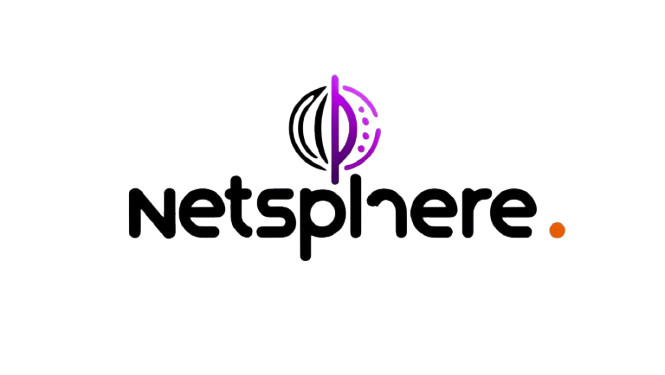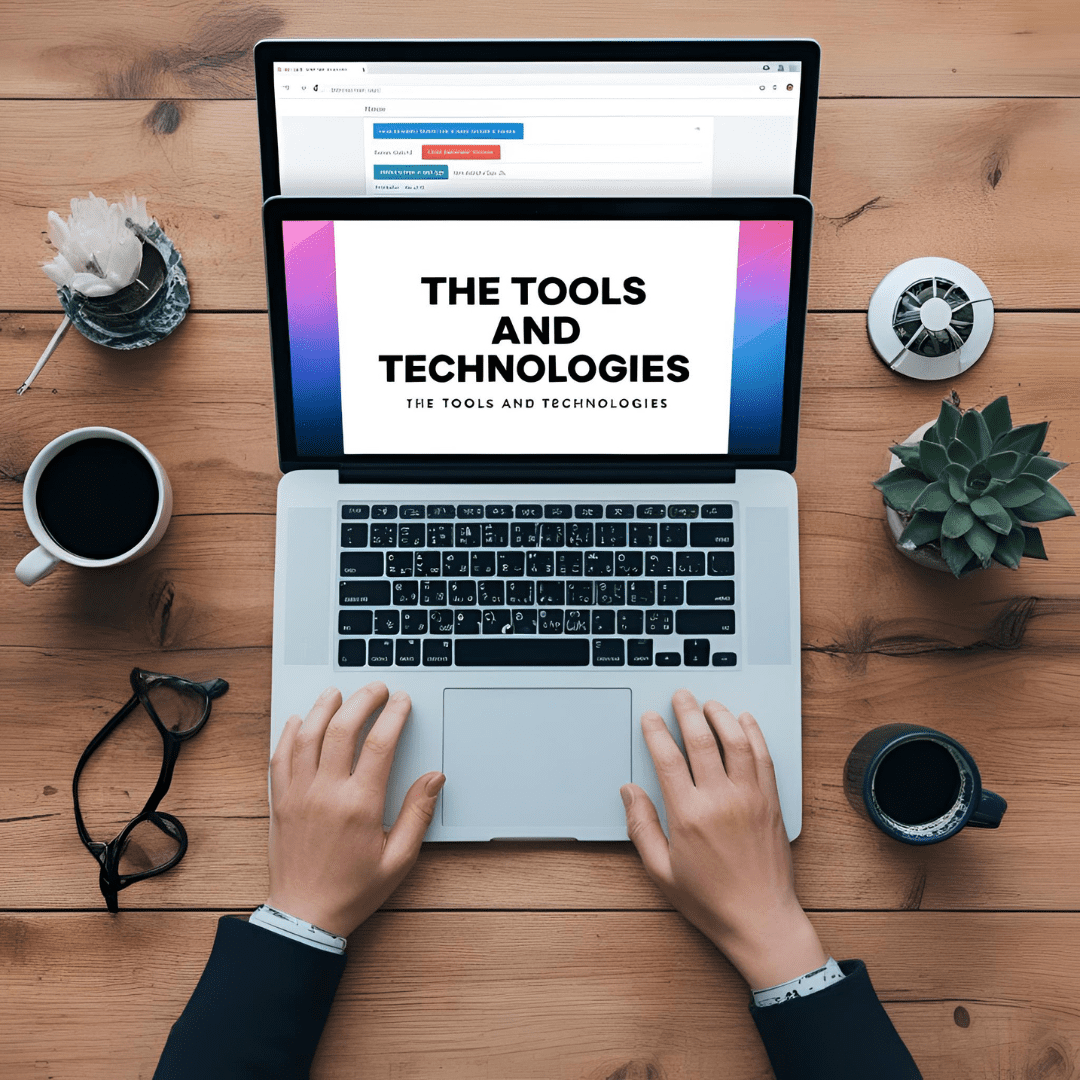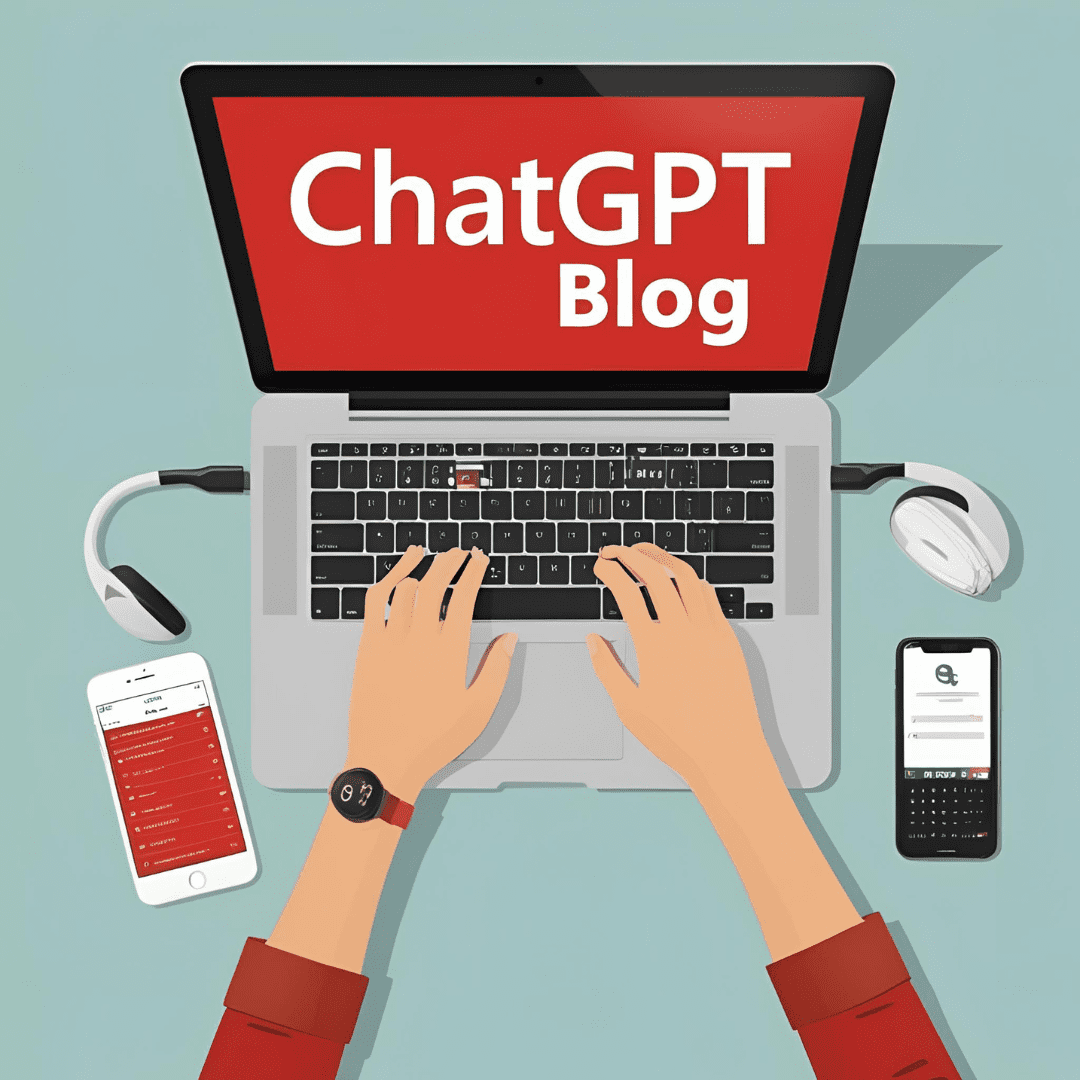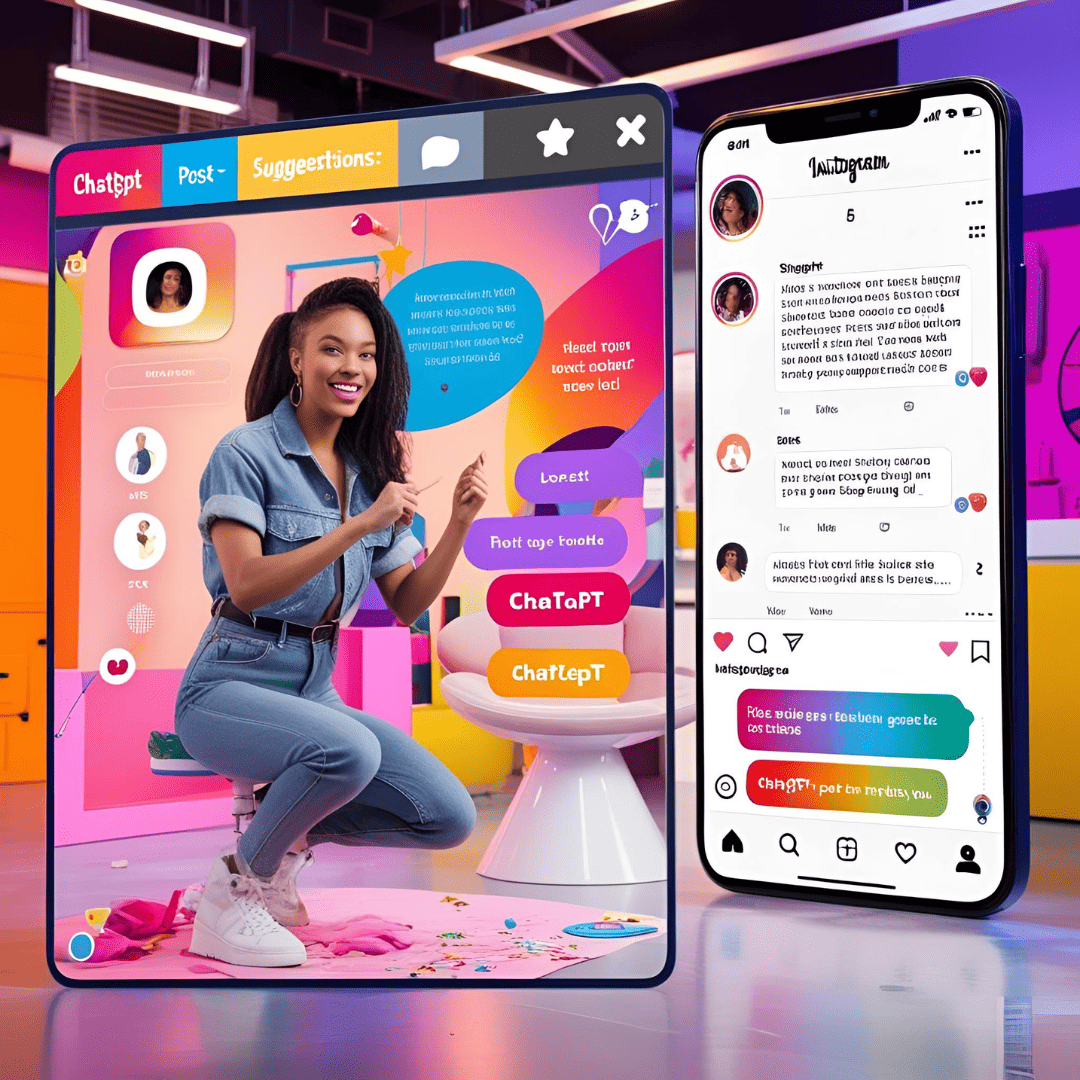Artificial intelligence (AI) has been one of the most debated topics in recent years, especially with the emergence of advanced tools like ChatGPT, developed by OpenAI. While some see this technology as a beneficial revolution, others express concerns about its potential risks. So, is ChatGPT dangerous? Let’s explore the most common myths and truths about this innovation.
What Is ChatGPT?
ChatGPT is a language model based on AI that enables natural language interactions with users. It can answer questions, write texts, assist with various tasks, and even simulate human conversations. Its ability to generate coherent and contextual responses has caught the attention of multiple sectors, from education to customer service.
Common Myths About ChatGPT
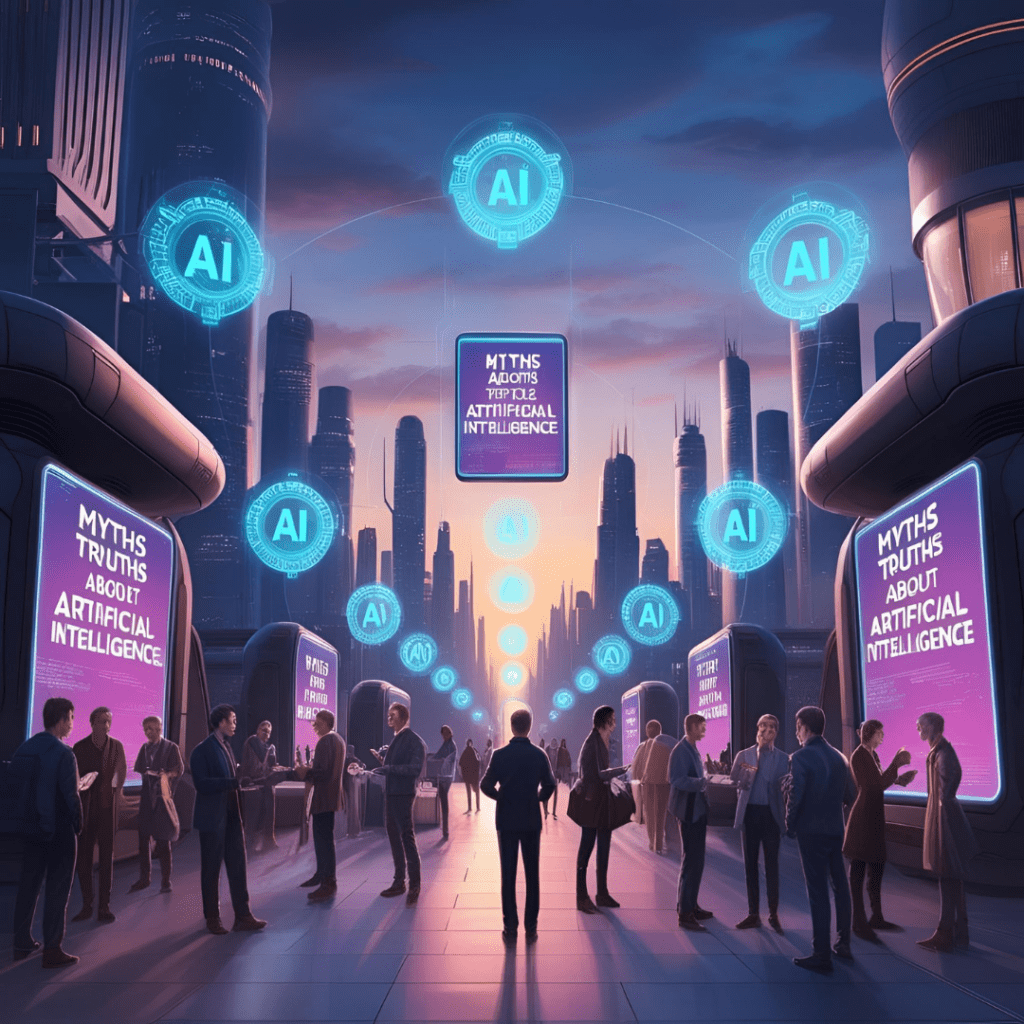
1. ChatGPT Has Its Own Consciousness
Myth: Many people believe ChatGPT has self-awareness or emotions.
Reality: ChatGPT is a programmed tool that processes and generates text based on data patterns. It doesn’t have consciousness, feelings, or real understanding—it simply simulates human-like language using algorithms and pre-existing data.
2. ChatGPT Always Provides Accurate Information
Myth: Some assume all of ChatGPT’s answers are accurate and trustworthy.
Reality: While advanced, ChatGPT can produce inaccurate or outdated information. It’s important to verify its responses using reliable sources, especially in critical contexts like healthcare or finance.
3. ChatGPT Will Replace Human Professionals
Myth: There’s fear that ChatGPT and other AI tools will fully replace humans in various professions.
Reality: ChatGPT is a tool designed to assist professionals, automating repetitive tasks and providing support in different fields. However, it doesn’t replace essential human skills like critical thinking, empathy, and creativity.
Truths About ChatGPT
1. It Can Be Used for Educational Purposes
Truth: ChatGPT is being integrated into educational environments to support learning, offering explanations and answering students’ questions. Still, supervision is necessary to ensure accuracy and avoid overdependence.
2. It Raises Ethical and Privacy Concerns
Truth: The use of ChatGPT and other AI tools brings up important issues related to data privacy and ethics. Interactions with such tools should be transparent, and users’ data must be properly protected.
3. It Can Reinforce Existing Biases
Truth: If trained on biased data, ChatGPT can reflect or amplify those biases in its responses. That’s why careful curation of training data is crucial.
Potential Risks of ChatGPT
1. Overdependence on Technology
Excessive use of ChatGPT may lead to a loss of independent thinking, especially in educational contexts where developing individual skills is essential.
2. Spread of Misinformation
Because ChatGPT may generate inaccurate information, it can unintentionally contribute to misinformation. Users who trust its answers blindly without fact-checking may spread false information.
3. Impact on the Job Market
Automating tasks with ChatGPT could lead to job reduction in roles that involve repetitive work. This highlights the need for professional adaptation and retraining for roles that require uniquely human skills.
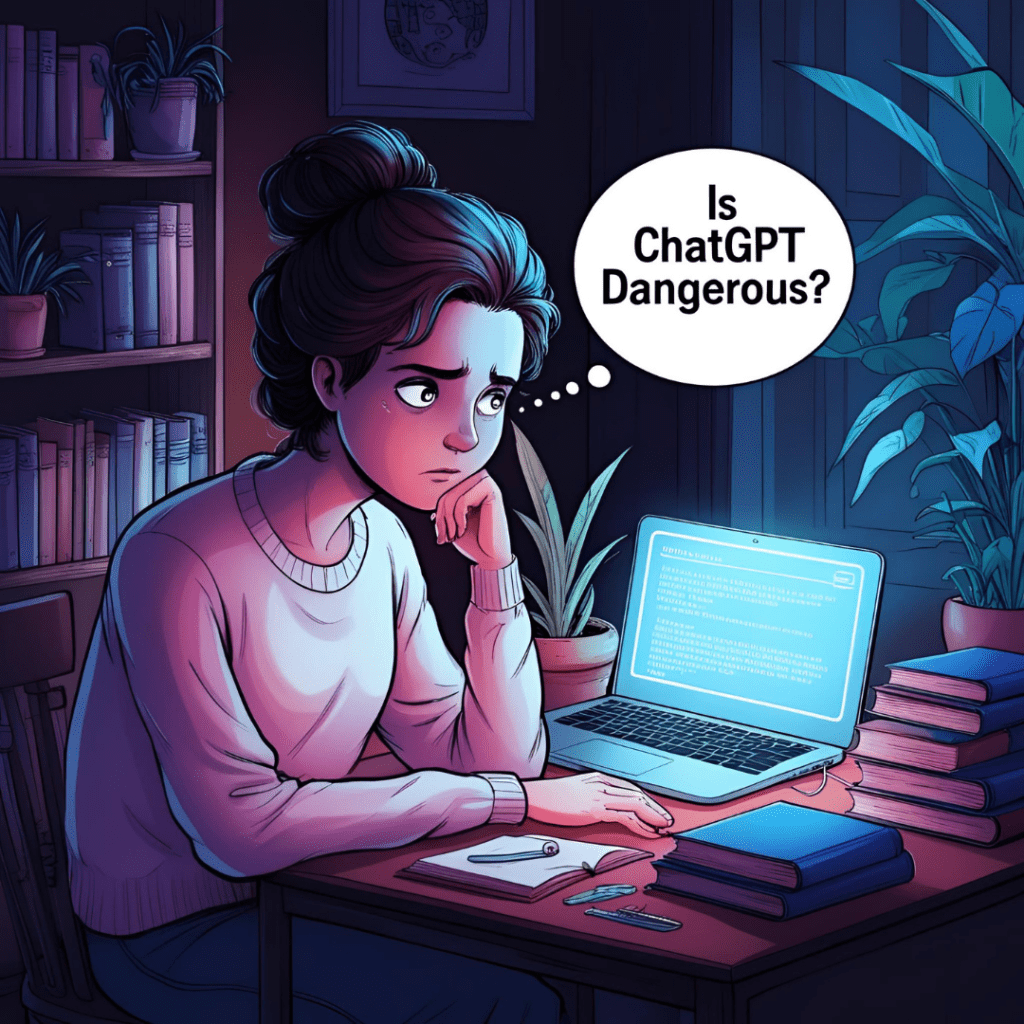
ChatGPT, like any technology, brings both opportunities and challenges. It isn’t inherently dangerous—but improper or unsupervised use can lead to unintended consequences. It’s essential for users and developers to take a critical and ethical approach, ensuring this technology is used responsibly and for the greater good.
When used wisely, ChatGPT can be a powerful ally in productivity, creativity, and learning—without replacing the irreplaceable human element.
